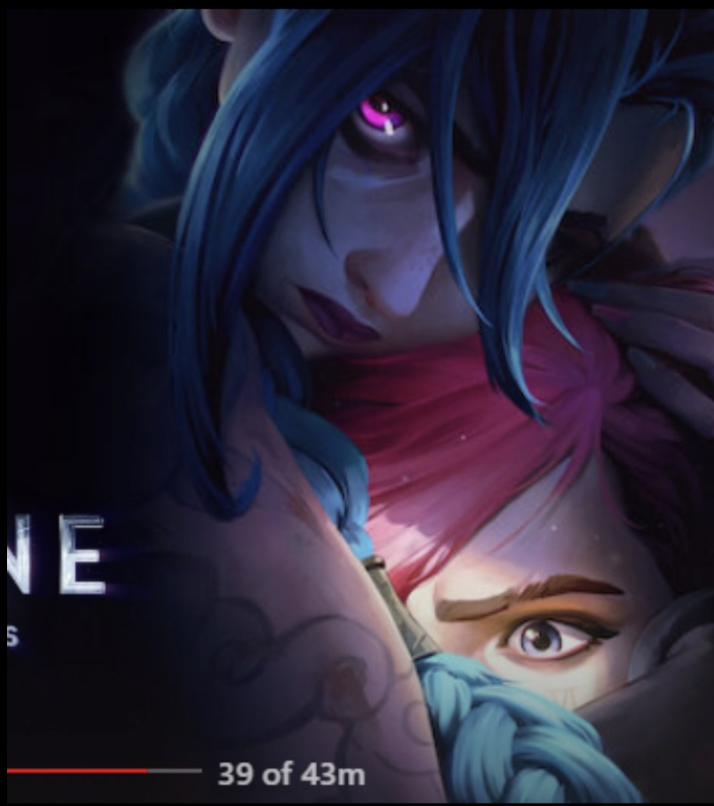Netflix removed a poster for the second season of Arcane after fans noticed the use of artificial intelligence in its creation. The popular animated series, produced by Riot Games, and the French studio Fortiche for Netflix, is known for its unique visual style that combines digital art and hand drawings.
The controversy arose when a fan noticed an unnaturally shaped hand in the poster and decided to contact the team behind Arcane in search of an explanation. Alex Shahmiri, Brand Manager at Arcane, confirmed that the original image was reprocessed through AIcalling the whole situation “a mistake he’s happy to have learned about,” as the company has a strict policy against using AI-generated art.
The use of AI in artistic fields continues to raise commercial, cultural and ethical questions that are always difficult to weigh.
“We appreciate you bringing this to our attention. We have a strict stance against the use of AI for anything related to Arcane, as it would be disrespectful to the incredible artists who worked on the show,” Shahmiri said on X.”This image was an error and was promptly removed. Thanks again for reporting this.”
Arcane’s case is not isolated. Disney faced similar criticism when the Marvel series Secret Invasion used AI-generated art for its creditssparking protests from fans and artists. Method Studios, which created the credits, said that the use of AI tools did not replace any human work, but the choice still left a bad taste in the mouths of many viewers.
Using AI to create images is often easier, faster and cheaper than hiring human artists. However, that doesn’t necessarily mean it’s better.
AI tools like DALL-E and MidJourney may have opened up new possibilities for creators, but what may be acceptable for a marketing campaign or for personal enjoyment is not always adequate for a project that strives for artistic integrity and commercial success.
It’s there too the ethical question of how AI image generators are trained on existing works of artin a way that sometimes borders on plagiarism. Ironically, the backlash to AI art is producing its own market: digital art app Procreate, for example, has explicitly declared itself against the use of generative AI and has promised to never implement it into its features.
appreciate you bringing this to our attention. we have a strict stance of no ai for anything relating to arcane cause it’s disrespectful to the incredible artists who worked on the show. this image was a mistake and has since been removed. ty again for calling it out
— alex (@RiotAstryx) November 22, 2024
Despite Netflix and Disney episodes, if the creators will continue to refuse the use of AI-generated art in their plans for large companies, this technology is unlikely to take over. More likely, it may remain a recurring annoyance in promotional material, resurfacing occasionally.
The case of Arcane serves as a warning about the risks of privileging speed and economy with respect to artistic quality. As the entertainment industry continues to explore the potential of artificial intelligence, it will be critical to find a balance that respects the work of human artists and maintains high creative standards.
Source: www.tomshw.it



